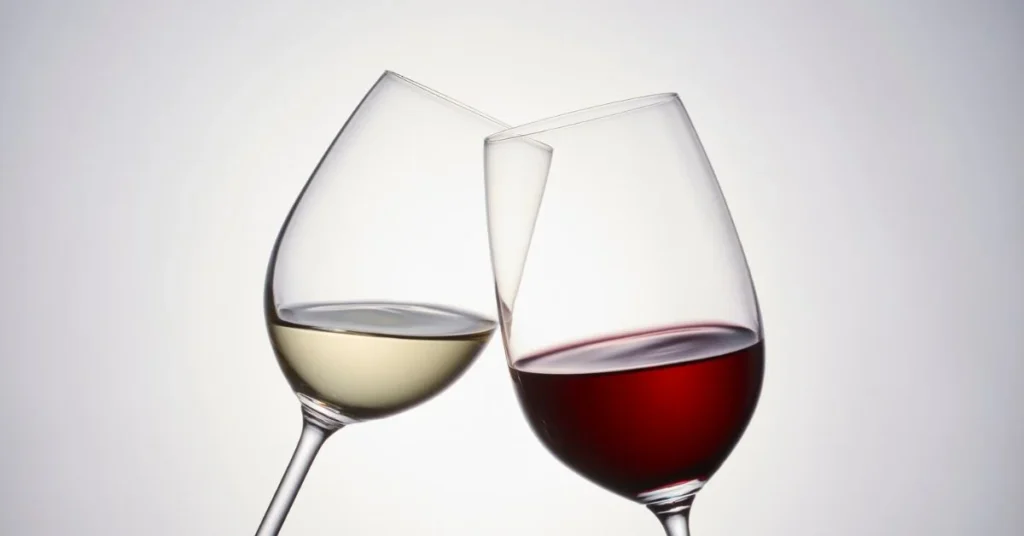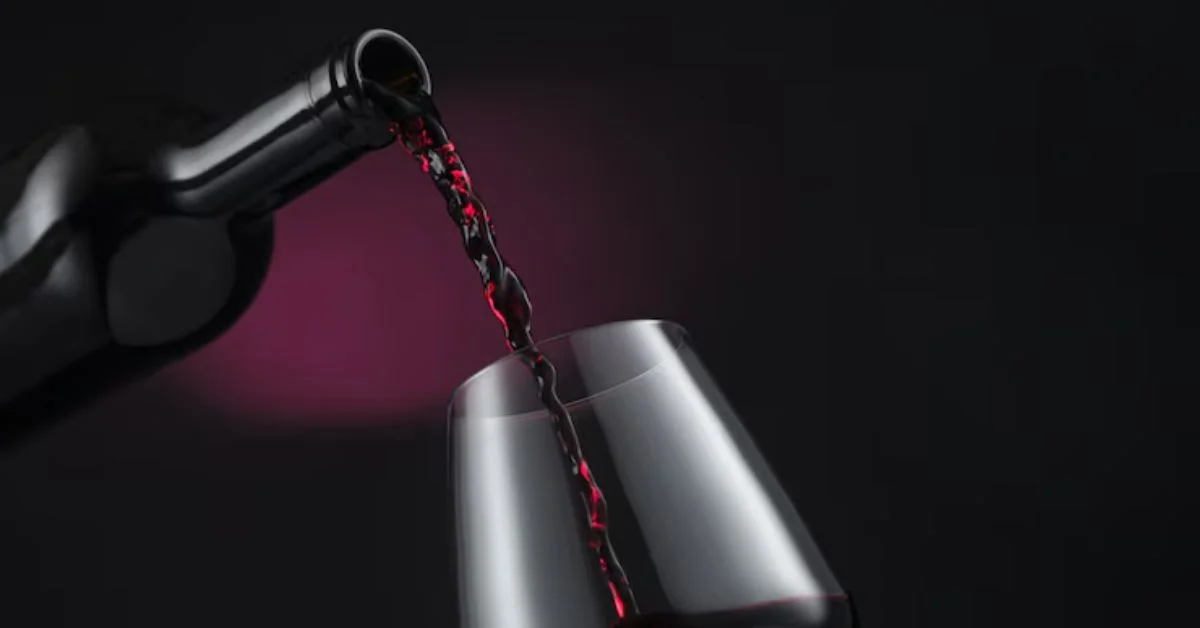To name just a few things that identify Caymus Cabernet Sauvignon, one of the most famous and perennially popular red wines from Napa Valley, would be an understatement. Caymus wines are sure to turn heads with their richness, complexity, and approachable style, whether you’re a novice wine enthusiast or an experienced collector.
Get the most out of your Caymus experience with this comprehensive guide that covers its history, workmanship, taste, and insider advice.
History of Caymus Vineyards
Located in the heart of Napa Valley, Caymus Vineyards has been in the Wagner family since 1972. Charlie and Lorna founded the vineyard. Taking its name from the Mexican land grant Rancho Caymus, this vineyard became famous for its robust Cabernet Sauvignon. Chuck Wagner now runs the vineyard and is carrying on the family tradition with new winemaking techniques and varietal growth under the Wagner Family of Wine label, which includes Belle Glos and Conundrum.
What Makes Caymus Cabernet Sauvignon Unique?
Several factors set Caymus apart from other California Cabs:
- Velvety texture with round tannins, even when young
- Luxuriously ripe fruit with dark cherry, blackberry, and mocha notes
- Consistent quality year after year
- Extended barrel aging for layered complexity
- Accessible at release—drinkable without needing years in the cellar
Caymus is often described as the Cabernet “that everyone agrees on.”

Tasting Notes: Flavor, Aroma & Finish
Caymus Cabernet Sauvignon offers a full-bodied, lush experience. Here’s what to expect:
Aroma:
- Blackcurrant
- Vanilla bean
- Cocoa powder
- Dried rose petals
Flavor Profile:
- Ripe black cherry
- Plum and cassis
- Mocha and spice
- Notes of leather and sweet tobacco
Finish:
- Long, silky, and smooth
- Minimal astringency
- Oak integrates seamlessly with fruit
Most vintages clock in at 14.5%+ ABV, giving it body and warmth without overwhelming.
Winemaking Philosophy and Process
The Wagner family’s winemaking approach blends tradition with cutting-edge techniques:
- Hand-harvested grapes from diverse vineyard blocks
- Extended hang time to achieve optimal ripeness
- Barrel aging in mostly French oak
- Micro-fermentation techniques for small-batch attention
- Minimal filtration to preserve mouthfeel
Caymus is also known for its style consistency, making it a favorite at fine restaurants and dinner tables alike.
Caymus Special Selection vs. Regular Cabernet
| Feature | Caymus Cabernet Sauvignon | Caymus Special Selection |
| Availability | Widely distributed | Limited release |
| Price Range | $70–$100 | $150–$200+ |
| Aging Potential | 5–10 years | 10–20+ years |
| Barrel Aging | 16–18 months | Often longer |
| Taste Profile | Plush, ripe, approachable | More structure, intensity |
| Awards | Consistent acclaim | Wine Spectator’s “Wine of the Year” (twice) |
Food Pairings with Caymus Cabernet Sauvignon
Caymus shines with richly flavored foods. Try these pairings:
Meats:
- Grilled ribeye steak
- Braised short ribs
- Lamb chops with rosemary
Cheeses:
- Aged gouda
- Sharp cheddar
- Blue cheese (for bold palates)
Vegetarian Options:
- Mushroom risotto
- Eggplant Parmesan
- Black bean chili with smoky spices
Tip: The tannins in Caymus balance well with fats and umami-rich dishes.
Serving Tips and Proper Storage
Serving Temperature:
- Best served at 60–65°F (15–18°C)
- Avoid serving too warm—it can mute the fruitiness
Decanting:
- Yes, please! Decanting for 30–60 minutes enhances aroma and softens tannins
Storage:
- Keep bottles in a dark, cool space around 55°F (13°C)
- Store horizontally if sealed with cork
Aging Potential and Cellaring Tips
While Caymus is delicious young, it also rewards patience.
Aging Potential:
- Regular bottling: 5–10 years
- Special Selection: 10–20 years+
Cellaring Tips:
- Maintain humidity around 70%
- Avoid direct sunlight
- Keep bottles undisturbed
As it ages, expect flavors to develop into more earthy, savory tones with softer tannins and a smoother finish.
Pricing and Where to Buy Caymus Wines
General Pricing:
- Caymus Cabernet Sauvignon 750ml: $80–$100
- Special Selection: $150–$250
- Magnums and vertical sets may cost significantly more
Where to Buy:
- Local wine shops
- Fine grocery stores (Whole Foods, Total Wine)
- Online retailers: Wine.com, Vivino, Drizly
- Direct from Caymus Vineyards
Real-World Reviews and Awards
Caymus has earned top scores from major critics:
- Wine Spectator: 94+ ratings across multiple vintages
- Robert Parker (Wine Advocate): 90–95 for Special Selection
- Vivino User Score: 4.6/5 based on 50k+ reviews
Notable Awards:
- Wine of the Year (1984 and 1990) – Caymus Special Selection
- Multiple top 100 wines of the year listings
Is Caymus Cabernet Worth the Hype?
Yes—if you’re seeking:
- A reliable premium Cabernet
- A crowd-pleasing wine for special occasions
- An age-worthy but accessible bottle
- Luxurious mouthfeel with bold flavors
While some wine connoisseurs may lean toward more nuanced, terroir-driven wines, Caymus remains a benchmark for bold California Cabernet.
It’s Napa indulgence in a bottle—and that’s part of its charm.
Conclusion
Caymus Cabernet Sauvignon lives up to its reputation, making it an excellent choice for any occasion: replenishing your cellar, buying for a special dinner, or simply pampering yourself. It stands out in the wine lover’s portfolio because to its rich flavor, exquisite texture, and constant quality.
FAQs: Caymus Cabernet Sauvignon
1. Is Caymus Cabernet Sauvignon sweet or dry?
Caymus is a dry red wine, though its ripe fruit character can give a perception of slight sweetness.
2. What foods go best with Caymus wine?
Rich, fatty dishes like grilled steaks, short ribs, and aged cheeses pair exceptionally well with Caymus.
3. Can Caymus be aged?
Yes! While it’s approachable young, both regular and Special Selection bottles can age gracefully for over a decade.
4. What is the alcohol content of Caymus Cabernet?
Most vintages fall between 14.5% and 15.2% ABV, contributing to its full body and warmth.
5. Is Caymus worth the price?
For lovers of bold, luxurious Napa Cabernets, Caymus offers exceptional quality and consistency, justifying its premium price point.
For more information, click here.









